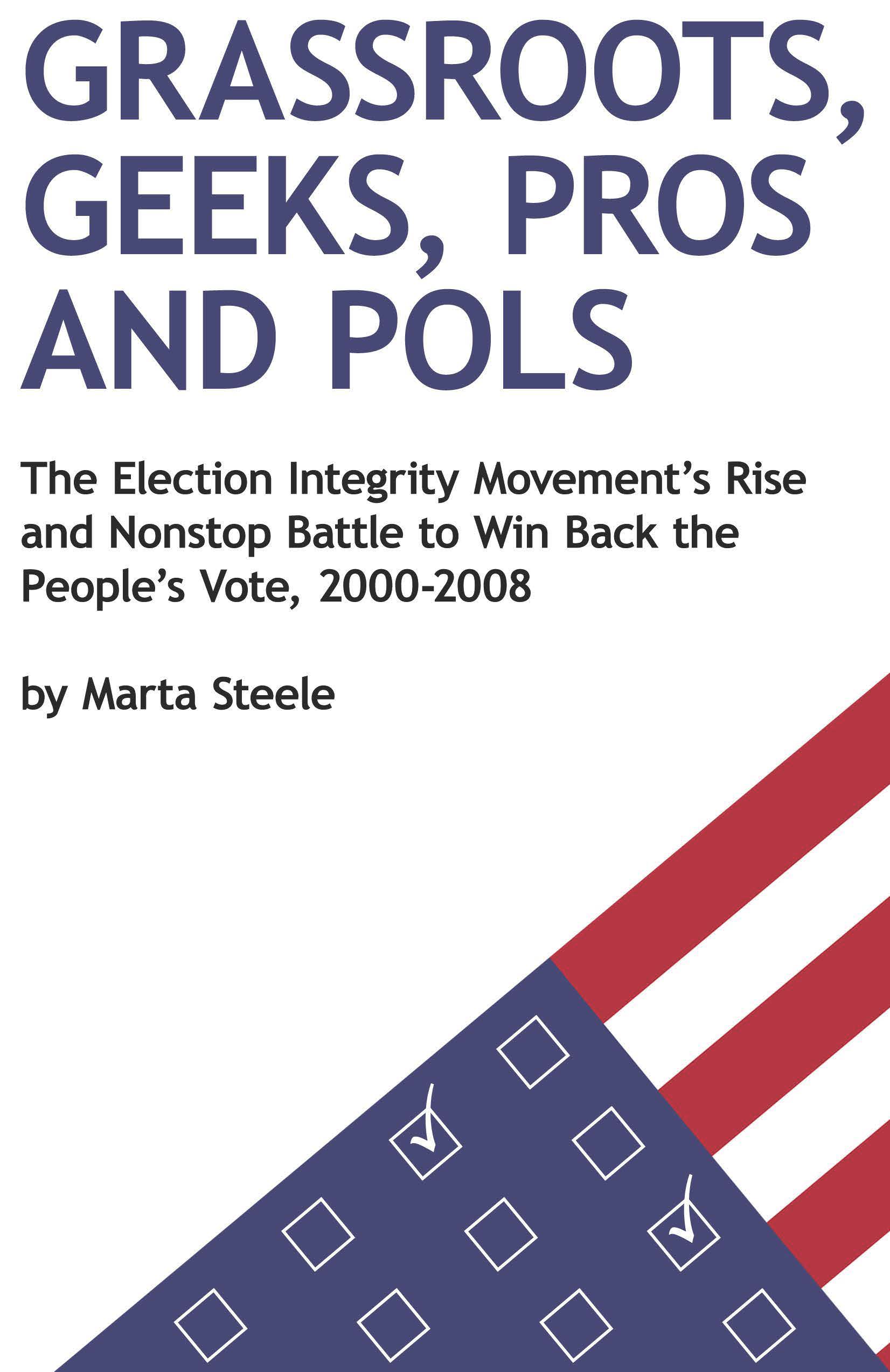Can citizens observe the central count?
Said Brenner, “Now they can.” She wants this practice to continue, to assure the transmittal of the votes from the precinct to the center. There will be random checks.
The SoS went on to list her qualifications for the elective position she won: experience as a judge, an election attorney, a former member of the board of elections, experience in the office of the secretary of state. She promised to do her best to preside over only successful elections.
At this point Dan Lopresti of Lehigh University revisited VoV, having been interviewed at least once previously. His focus is election security. Mary Ann immediately asked him how secure optical scanners are.
Lopresti answered that he is grateful for all the hard work accomplished in Ohio in wake of the 2004 debacle and hopes Pennsylvania can duplicate the effort, to avoid become the locus of contention in November 2008.
>He said that the process of computers acquiring data from paper documents is not yet perfected. He referred to the above “two-ballot” scenario. Mary Ann asked if precinct-based scanners are less secure.
Centrally located scanners are more secure, Lopresti said, and easier to protect, but the ballots must be protected en route there. It’s a series of tradeoffs really. Undervoting is higher with center-based scanning, while precinct-based scanners will catch this better. The problems at the precinct level might possibly show up at the central location.
Lopresti illustrated his point with an anecdote from October 2005 about improper scanning of ETS answer sheets, which yielded incorrect results the students were able to challenge. This situation led ETS to consider scanning all answer sheets twice from then on and hand scoring any one that shows discrepancies.
The same could be done with optical scanners.
More hand counting should be done, said Mary Ann. Lopresti agreed, adding that every election should feature a hand audit or a recount of a random proportion of the votes.
Do citizens count the ballots?
The practice varies by precinct, was the answer. With citizen participation, the procedures must be comprehensible and not inaccessible, as are many of the complicated mathematical schemes involved at this stage.
The ideal system is two hardware checks, the machine totals, plus two software checks, the ballot totals, plus a percentage of the hand count. Was that what he meant? A nearly fail-safe system that would need lots of personnel and therefore involve a larger percentage of citizens than those who presently participate.
Pennsylvania should act quickly, said Lopresti, following the examples set by Ohio and California. Paper ballots are the way to go in this state where few of the sixty-seven counties presently vote on paper. Most use “dry” DREs—those lacking any sort of paper accompaniment at all.
Patty Shaffer and Mary Ann Lupo of the Ohio Election Justice Campaign came on next with their reactions to their secretary of state’s presentation. Shaffer said that she hoped the SoS would allow citizen monitoring of vote counts.
Brenner has so far not granted them a meeting to discuss their questions about transparency and accessibility; they were not allowed to witness the procedures written up in the EVEREST report.
(Note: You can view every article as one long page if you sign up as an Advocate Member, or higher).





